Autonomous Cars Make People Uncomfortable - What Can Manufacturers Do About It?

There’s nothing that will convince me that the first wave of autonomous taxis will be anything other than mobile biohazards, providing a slightly less convenient solution to paying a man to let you ride in the back of his Toyota Camry for a few miles. However, I will give them a shot once they arrive — mainly out of curiosity, which puts me in the minority.
Gartner Inc., an American research and advisory firm that works specifically within the realm of advanced technologies, recently completed a survey where over half of its respondents said there was no way in hell they’d get into the back of a fully autonomous vehicle. Its findings echo an American-based MIT study from earlier this year, as well as a global survey from Deloitte. The consensus: most of the population doesn’t feel particularly good about self-driving cars.
Not to be a defender of unproven technology, but there’s also nothing stopping a human cab driver from driving you to the wrong destination before trying to murder you with an axe. It doesn’t happen often, but it is a possibility. Likewise, autonomous cabs pose some element of risk no matter how good a job manufacturers do with those early models. But you’re not likely to be the occupant of the one that does goes haywire. It’s a problem of perception more than anything else.
“The top concern for passengers is that the vehicle will get confused in complex situations,” Gartner consultant Mike Ramsey said in an interview with Automotive News. “The big challenge for automakers is that they’ll have to create an interface that allows people to have control.”
The Gartner survey framed the hypothetical vehicle for respondents as a Level 5 autonomous taxi with no driver, steering wheel, brake pedal, or accelerator. This was an important factor, as the perceived lack of control was faulted as the primary cause for the public’s skittishness.
Customers want the option of control, even in something that’s designed to not give them any. Visteon says the key to alleviating stress is to give consumers enough information and agency to feel involved without overwhelming them. A visual interface that showed the car’s systems functioning properly would go a long way — even if passengers don’t fully understand them.
“You want to take the tension and nervousness out of the experience,”said Tim Yerdon, Visteon’s global marketing director.
Another chief concern is the level of control customers would be allowed to have. Practically every survey indicates that drivers who have cars equipped with some level of autonomy are more willing to trust a fully self-driving vehicle. While the Gartner survey only reached out to 1,500 people in the U.S. and Germany, Deloitte contacted 22,000 respondents worldwide. Both indicate that the best approach to easing fears is the gradual implementation of autonomy and in-car controls that would allow passengers to change their destination or order the car to pull over.
Manufacturers should pay careful attention to these studies and use them as a framework for field testing, especially those that want to ditch things like steering wheels and brake pedals (ahem, Ford). We’ve seen no survey, as of yet, that doesn’t indicate at least 55 to 75 percent of their respective samples having serious reservations about self-driving cars. Those numbers weren’t helped when you start hypothetically taking away people’s ability to regain control of the situation when they choose.
[Image: Ford Motor Company]

A staunch consumer advocate tracking industry trends and regulation. Before joining TTAC, Matt spent a decade working for marketing and research firms based in NYC. Clients included several of the world’s largest automakers, global tire brands, and aftermarket part suppliers. Dissatisfied with the corporate world and resentful of having to wear suits everyday, he pivoted to writing about cars. Since then, that man has become an ardent supporter of the right-to-repair movement, been interviewed on the auto industry by national radio broadcasts, driven more rental cars than anyone ever should, participated in amateur rallying events, and received the requisite minimum training as sanctioned by the SCCA. Handy with a wrench, Matt grew up surrounded by Detroit auto workers and managed to get a pizza delivery job before he was legally eligible. He later found himself driving box trucks through Manhattan, guaranteeing future sympathy for actual truckers. He continues to conduct research pertaining to the automotive sector as an independent contractor and has since moved back to his native Michigan, closer to where the cars are born. A contrarian, Matt claims to prefer understeer — stating that front and all-wheel drive vehicles cater best to his driving style.
More by Matt Posky
Latest Car Reviews
Read moreLatest Product Reviews
Read moreRecent Comments
- AZFelix Let's forego all of this dilly-dallying with autonomous cars and cut right to the chase and the only real solution.
- Zelgadis Elantra NLine in Lava Orange. I will never buy a dirty dishwater car again. I need color in my life.
- Slavuta CX5 hands down. Only trunk space, where RAV4 is better.
- Kwik_Shift_Pro4X Oof 😣 for Tesla.https://www.naturalnews.com/2024-05-03-nhtsa-probes-tesla-recall-over-autopilot-concerns.html
- Slavuta Autonomous cars can be used by terrorists.

















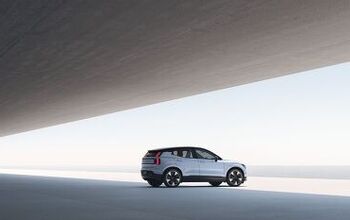
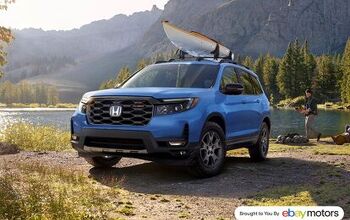
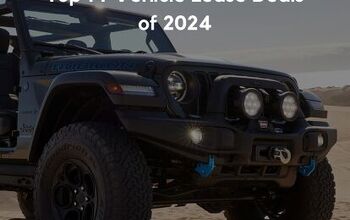

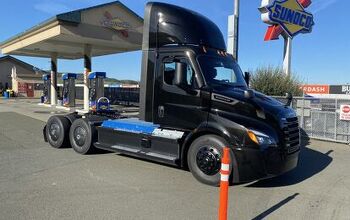
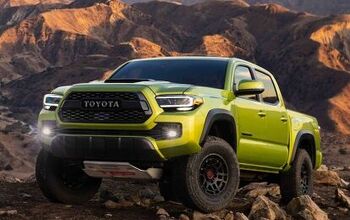
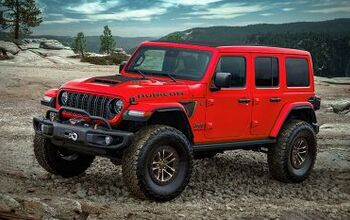

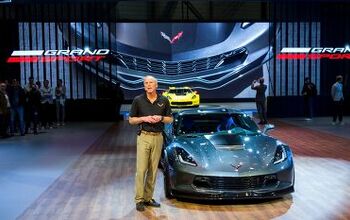


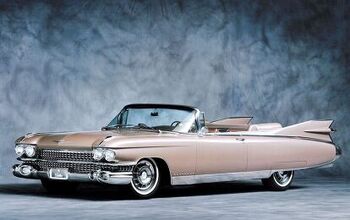
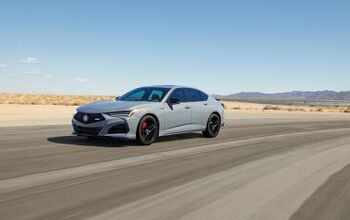

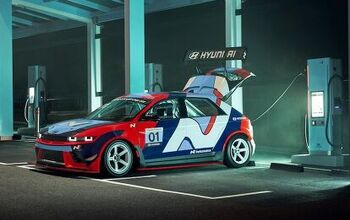
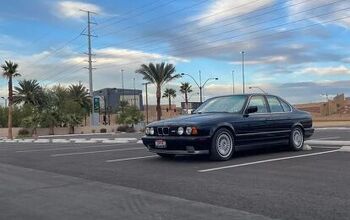
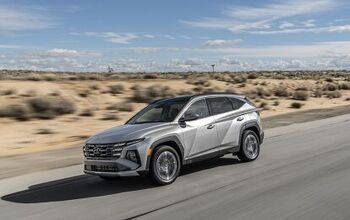
Comments
Join the conversation
"Mobile bio hazards" as in people sweating profusely and breaking wind as anxiety levels rise? I fully agree. But there's an element that is structurally being ignored by the industry, incl. Elon Musk. You don't feel particularly comfortable having a car auto-pilot itself that is as wide as you are tall and in which you tend t lose any sense of the car's outer dimensions. There's a reason why Google (Waymo) started out with the compact two-seater in which there's excellent visibility, that was introduced 4-5 years ago.
A solution was presented in the film Total Recall. Remember Johnny Cab? That was a self driving car that had an animatronic replica of a human cab driver as the user interface for the passenger.